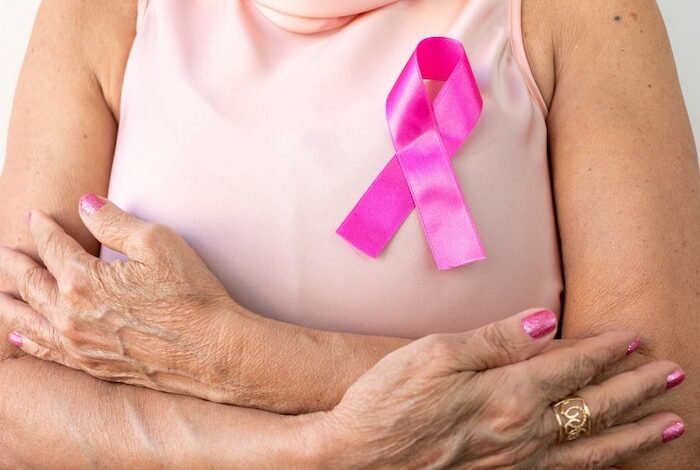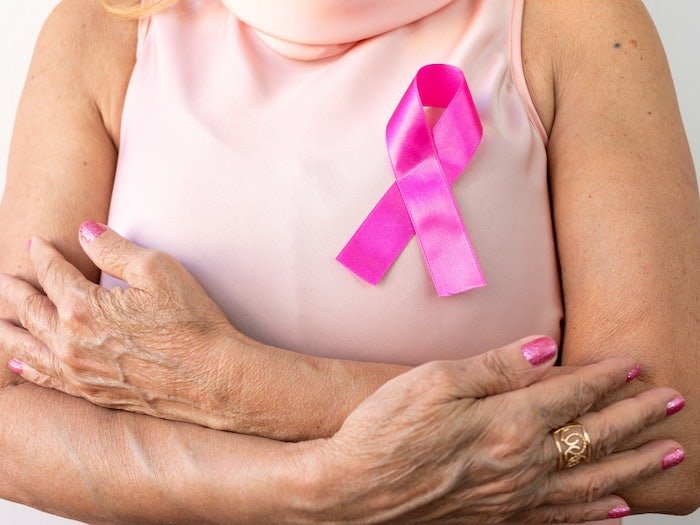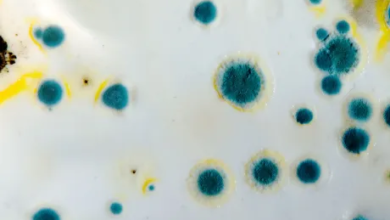
Introduction to breast cancer
Breast cancer is the most common cancer diagnosed in women worldwide. Knowing how to identify potential breast cancer symptoms and getting timely screening are crucial to early detection and treatment. This article will cover in detail how to recognize signs of breast cancer and the different categories and subtypes. Oncologists specializing in breast cancer have been instrumental in this progress. From initial diagnosis to developing customized treatment regimens to managing side effects to long-term follow-up care, the best oncologists in bangalore provide comprehensive medical and supportive cancer care. Their expertise in surgery, radiation therapy, chemotherapy, hormone therapy, and emerging targeted therapies enables more effective treatment tailored to each patient’s specific tumor type and characteristics.

Performing Regular Self-Exams
All women should perform monthly breast self-exams to check for any abnormalities or changes. Using a mirror, look for visual signs like changes in size, shape, or symmetry, skin dimpling or puckering, nipple inversion, scaliness, rashes, or swelling. Feel your breasts for any new lumps, knots, or thickening by using light, medium, and deep pressure with the pads of your fingers. Note any nipple discharge. Observe how your breasts feel at different times of the month. Report any changes to your doctor promptly.
Getting Clinical Screenings
Annual mammograms are recommended starting at age 40 in average-risk women and earlier for higher-risk individuals. Ultrasounds and MRIs may be used for follow-up testing. Clinical breast exams by doctors/nurses also check for warning signs. There are various surgical oncologists in India like Dr. Kaustaubh Patel and Dr Tapti Sen who specialize in surgical cancer cases. If anything suspicious is found, your doctor will order a biopsy to analyze cells or tissue under a microscope. This confirms whether cancer is present.
Signs and Symptoms to Watch For
- Lumps or dense knot-like areas in the breast or underarm
- Change in breast size or shape
- Nipple inversion, retraction, or spontaneous discharge
- Red, pitted, or scaly skin on the breast
- Swelling, warmth, or redness of the breast
- Dimpled or puckered breast skin
- Itchy, painful, or burning sensation in the breast
- Visible skin abnormalities like rashes or sores
If you observe any of these symptoms, promptly consult your healthcare provider. Diagnostic testing will determine if breast cancer is present.
Types of Breast Cancer
The best oncologist in Mumbai categorized breast cancer by the part of the breast where it starts:
Ductal Carcinoma: Starts in the milk ducts and accounts for 80% of breast cancers. This is further classified as:
- Ductal carcinoma in situ (DCIS): Non-invasive cancer contained in the ducts.
- Invasive ductal carcinoma (IDC): Cancer that has spread into surrounding breast tissue.
Lobular Carcinoma: Starts in the mammary lobules and makes up 10% of cases. Includes:
- Lobular carcinoma in situ (LCIS): Non-invasive cancer in the lobules.
- Invasive lobular carcinoma (ILC): Invades outside the lobules into the surrounding tissue.
Less common subtypes are inflammatory breast cancer, Paget’s disease of the nipple, phyllodes tumors, and angiosarcoma.
Receptor Status
Breast cancer is also categorized based on receptor status including:
- ER+: Estrogen receptor positive
- PR+: Progesterone receptor-positive
- HER2+: Human epidermal growth factor receptor 2 positive
- Triple-negative: ER, PR, and HER2 negative
This receptor status guides which therapies will be most effective.
Staging Breast Cancer
- Breast cancer staging describes how far the cancer has spread anatomically. It is an assessment of the extent of the disease.
- Staging is based on tumor size, lymph node involvement, and the presence of metastases. It may involve physical exams, imaging tests like mammograms, ultrasounds, MRIs, CT scans, and positron emission tomography (PET) scans.
- The TNM system is used for breast cancer staging. T describes the size and spread of the original tumor. N indicates spread to nearby lymph nodes. M indicates metastasis to distant organs.
- Stage 0 is carcinoma in situ, abnormal cells confined to ducts or lobules.
- Stage 1 is early invasive breast cancer up to 2 cm across, with no lymph node involvement.
- Stage 2 is a tumor 2-5 cm across with some lymph node involvement or a tumor> 5 cm but not meeting Stage 3 criteria.
- Stage 3 is a tumor of any size with significant lymph node involvement or direct extension into the chest wall/skin.
- Stage 4 is the most advanced stage where cancer has metastasized to distant sites like bones, lungs, brain, or liver.
- As stages increase from 0 to 4, the cancer is more advanced and the prognosis worsens. Early stage 1-2 cancers have better survival compared to late stage 3-4.
- Staging guides treatment options. The early stage may need only surgery and radiation, while the late stage requires systemic chemotherapy.
- After surgery, doctors may “upstage” or “downstage” the cancer based on analysis of removed tissue.
Conclusion
While breast cancer screening has risks like false positives, it remains vital for early diagnosis and better outcomes. All women should conduct self-exams, get clinical screening, and immediately report any potential symptoms to their doctor. With greater awareness and timely screening, breast cancer becomes more treatable.


